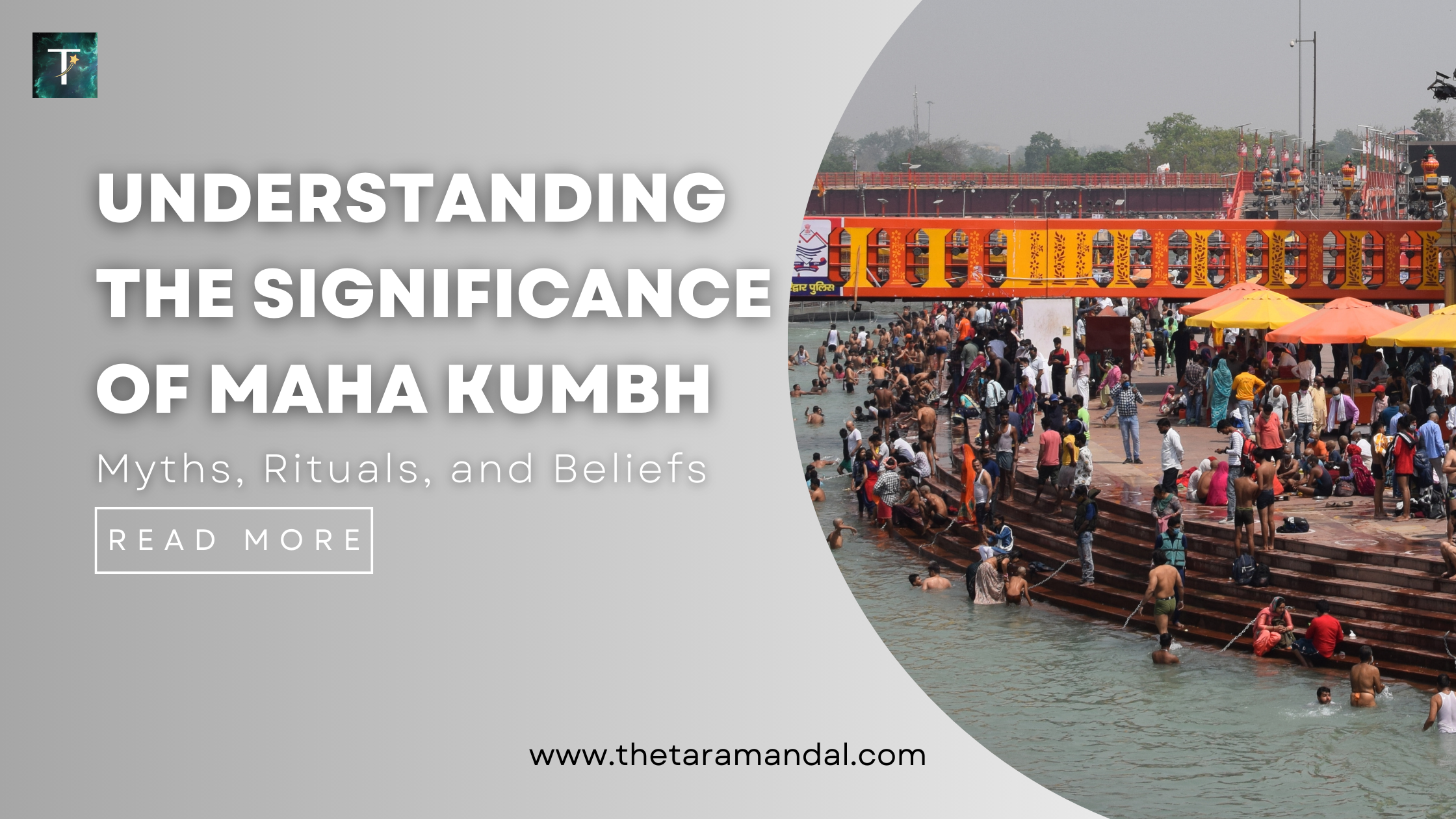on 9 months ago
Understanding the Significance of Maha Kumbh: Myths, Rituals, and Beliefs
Understanding the Significance of Maha Kumbh: Myths, Rituals, and Beliefs
Maha Kumbh Mela is one of the largest and most significant religious gatherings in the world, drawing millions of Hindu devotees to its sacred sites. This grand festival, held every 144 years, is a celebration of faith, spirituality, and community. In this blog, we will explore the myths surrounding Maha Kumbh, the rituals performed during the event, and the deep beliefs that make it a unique spiritual experience.
The Mythological Origins of Maha Kumbh
The roots of Maha Kumbh Mela can be traced back to ancient Hindu mythology. The festival is linked to the Samudra Manthan, or the churning of the ocean. According to legend, gods (Devas) and demons (Asuras) collaborated to churn the ocean in search of amrit, the nectar of immortality. During this cosmic event, a pot (Kumbh) filled with amrit emerged. To prevent the demons from obtaining it, Lord Vishnu took on the form of Mohini and fled with the pot. As she ran, drops of amrit fell at four locations: Prayagraj, Haridwar, Ujjain, and Nashik. These sites became sacred for Kumbh Mela celebrations.
The Sanskrit word kumbh means "pitcher," symbolizing both the pot that held the nectar and the astrological sign Aquarius, where Jupiter resides during Kumbh Mela.
The Significance of Maha Kumbh
Maha Kumbh Mela holds profound significance for millions:
Spiritual Cleansing:
Bathing in the holy rivers during Maha Kumbh is believed to wash away sins and grant spiritual merit (punya). It is thought that immersing oneself in these waters leads to moksha, or liberation from the cycle of birth and rebirth.Astrological Importance:
The timing of Maha Kumbh is determined by specific planetary alignments involving the Sun, Moon, and Jupiter. This alignment is believed to enhance the spiritual energy at these sacred sites.Cultural Heritage:
Recognized as an "Intangible Cultural Heritage of Humanity" by UNESCO, Maha Kumbh showcases India’s rich spiritual traditions and cultural diversity.
Rituals and Practices
The rituals performed during Maha Kumbh are integral to its significance:
Shahi Snan (Royal Bath):
One of the most important rituals is taking a holy dip in the rivers at auspicious times determined by astrologers. This act symbolizes purification and renewal.Gathering of Sadhus:
The festival attracts numerous sadhus (holy men), including Naga Sadhus known for their unique practices. They often engage with pilgrims, sharing wisdom and spiritual insights.Cultural Celebrations:
Beyond religious observances, Maha Kumbh features music, dance, and discussions on spirituality. It fosters a sense of community among diverse participants from various backgrounds.
Beliefs Associated with Maha Kumbh
The beliefs surrounding Maha Kumbh are deeply rooted in Hindu tradition:
Divine Blessings:
Attendees believe that participating in this grand event brings blessings from deities and helps them connect with their spiritual roots.Unity and Community:
The gathering promotes social unity as people from different walks of life come together to seek spiritual fulfillment.Connection to Ancestry:
Many participants view their attendance as a way to honor their ancestors and seek liberation for them through acts of devotion and charity.
Conclusion
Maha Kumbh Mela is not just a religious event; it is a profound expression of faith that transcends time and space. It serves as a reminder of humanity's quest for purification, enlightenment, and connection to the divine. As millions gather at Prayagraj in 2025 to partake in this once-in-a-lifetime event, they celebrate their shared beliefs and cultural heritage.
For those looking to explore their spiritual path further or seeking guidance through astrology during this auspicious time, Taramandal offers expert consultations to help illuminate your journey. Download the Taramandal astrology app today for personalized insights tailored to your needs!

